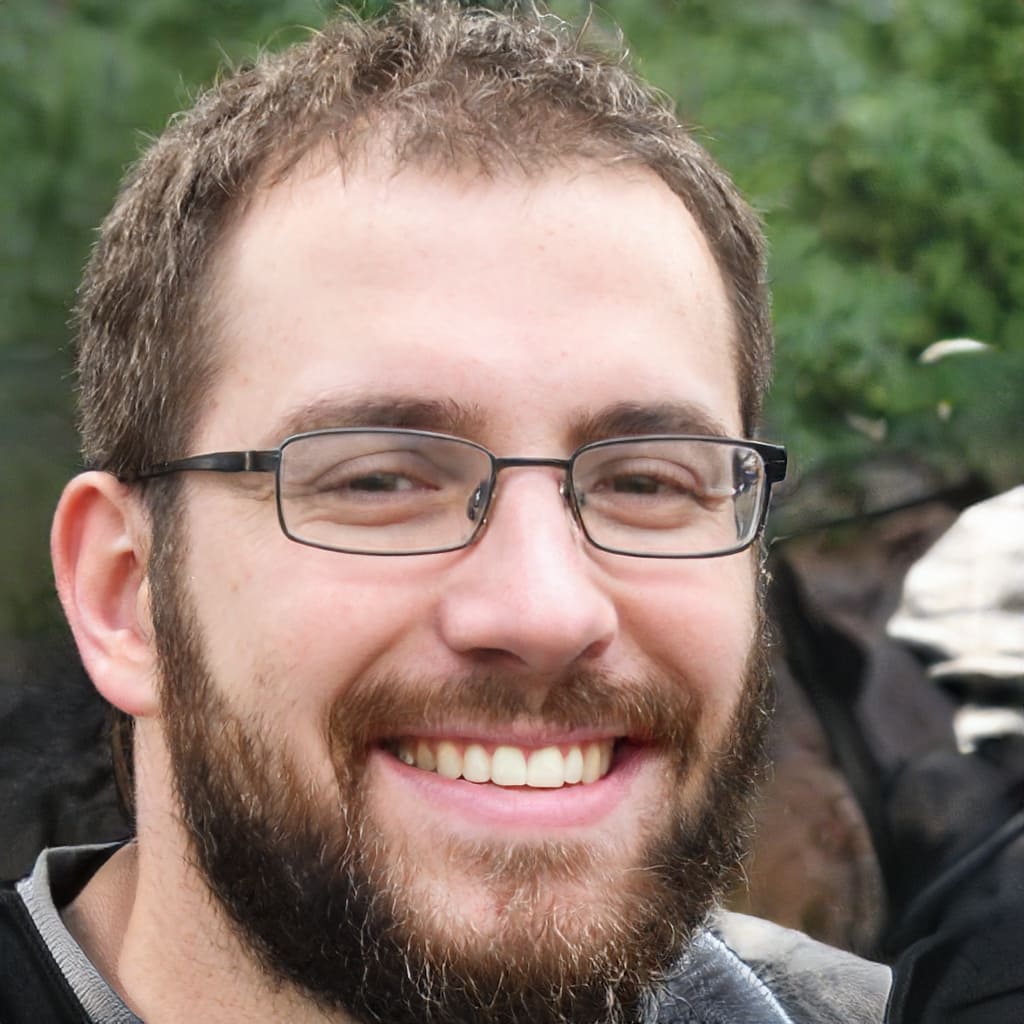Hey there! Laser tag—an exhilarating fusion of strategy, speed, and pure adrenaline—is more than just a game; it’s an immersive experience that takes entertainment to a whole new level. In this world of high-tech battles and thrilling showdowns, players step into a realm where every move matters, every shot counts, and victory is the ultimate rush. I’ve been entrenched in this world for years, navigating the neon-lit arenas, mastering the art of stealth, and reveling in the pulse-pounding excitement that only laser tag can offer.
History of Laser Tag
Laser tag emerged in the early 1980s as an innovative offshoot of traditional tag and paintball, blending cutting-edge technology with the timeless thrill of competition. The concept took shape through the creative genius of George A. Carter III, who patented the first system, named “Photon,” in 1986. Initially conceived as a training exercise for the military, its evolution into a recreational activity was swift.
The popularity of laser tag soared in the ’90s, becoming a staple at amusement centers and entertainment venues worldwide. The advancements in equipment, from infrared-sensitive targets to sophisticated phaser guns, revolutionized gameplay, enhancing precision and realism.
Over time, laser tag has transcended its humble origins, captivating players of all ages with its immersive environments and dynamic challenges. Today, it stands as a testament to the fusion of technology and entertainment, continually evolving to deliver an electrifying experience that keeps enthusiasts coming back for more.
How Laser Tag Works
Laser tag operates on a simple yet sophisticated principle. Players, armed with specialized phaser guns, aim to tag opponents’ targets strategically placed on their vests or equipment. These targets detect infrared beams emitted by the phaser guns, registering successful hits. The game unfolds in carefully designed arenas adorned with obstacles, mazes, and strategic hiding spots, creating an immersive battleground.
Upon firing a shot, the phaser gun emits an invisible infrared beam towards an opponent’s targets. When this beam hits a target, sensors detect the hit, signaling a successful tag. The accuracy and range of these beams vary based on the equipment, adding layers of strategy and skill to the gameplay.
Equipment Used in Laser Tag
Laser tag gear comprises specialized phaser guns and sensor-equipped vests or packs. Phaser guns, resembling futuristic blasters, emit infrared beams used to tag opponents. These guns vary in design, functionality, and features, offering players a diverse range of options to suit their play style.
The sensor-equipped vests or packs, worn by players, contain infrared-sensitive targets strategically placed to ensure fair and accurate gameplay. These targets detect hits from opposing players’ phaser guns, registering successful tags. The gear is designed to be lightweight and durable, allowing players to move swiftly and comfortably through the game arenas while ensuring reliable functionality throughout intense gameplay sessions.
Here are some recommendations for a good laser tag set:
Rules and Gameplay
Laser tag follows a set of rules that govern fair play and ensure an engaging experience for all participants. The basic objective is to accumulate points by tagging opponents while safeguarding oneself from being tagged. Typically, players start with a set number of lives or points, which decrease upon being tagged. The game concludes when a player reaches zero points or lives.
Various game modes, from classic free-for-alls to team-based missions, add diversity to gameplay. Each mode comes with its unique objectives, such as capturing bases, defending territories, or completing specific missions within a time limit. Communication and teamwork often determine the victor in team-oriented modes, emphasizing strategy alongside sharpshooting skills.

Health and Safety Considerations
Laser tag is designed to be a safe and enjoyable activity, but certain precautions ensure a worry-free experience. Players are provided with safety briefings before gameplay, highlighting the importance of wearing protective gear correctly and respecting arena rules.
While the infrared beams used in laser tag are harmless and non-intrusive, players should avoid aiming at others’ faces and sensitive areas to prevent accidental injury. Moreover, maintaining awareness of the surroundings, especially in dimly lit arenas, is crucial to avoid collisions or tripping over obstacles.
Regular maintenance and checks on equipment, along with supervision by trained staff, contribute to a safe gaming environment. Hydration and periodic breaks also support player comfort and well-being during extended gameplay sessions. Overall, adhering to safety guidelines ensures that the thrill of laser tag remains an exhilarating yet secure experience for all participants.
Variations and Types of Laser Tag
Laser tag offers an array of variations and game types, catering to diverse preferences and play styles. Classic free-for-all modes pit every player against each other, testing individual skill and agility. Team-based modes, like Capture the Flag or Team Deathmatch, emphasize coordination and strategy, fostering camaraderie among players. Objective-based missions challenge teams to complete specific tasks, adding layers of complexity and excitement to the gameplay.
In addition to standard gameplay modes, some venues offer specialized themes, integrating narratives or scenarios that immerse players in unique worlds. These themes, ranging from futuristic space battles to zombie survival scenarios, enhance the overall experience, transporting participants into thrilling adventures beyond the ordinary.
Benefits of Playing Laser Tag
Engaging in laser tag isn’t just about the thrill of competition; it also offers numerous benefits. Physically, it promotes movement, agility, and cardiovascular activity as players navigate the arenas, dodging enemy fire and strategizing their moves. The game’s fast-paced nature boosts reflexes and hand-eye coordination, honing skills applicable beyond the gaming arena.
Socially, laser tag fosters teamwork, communication, and sportsmanship, as players collaborate, plan strategies, and celebrate victories together. It’s a fantastic way to bond with friends, family, or colleagues while enjoying an immersive and entertaining experience.
Moreover, laser tag provides a break from the digital realm, encouraging face-to-face interaction and active play in an increasingly tech-dominated world.
Conclusion
In the pulsating realm of laser tag, every shot fired, every strategic move, and every triumphant victory amplifies the exhilaration. As an avid participant in this electrifying world, I’ve experienced firsthand the thrill and camaraderie it fosters. Laser tag isn’t just a game; it’s an immersive adventure that transcends age, offering a dynamic blend of physical activity, strategic thinking, and unbridled fun. So, grab your phaser, gear up, and step into the neon-lit battlegrounds—you’re in for an adrenaline-fueled journey like no other.





